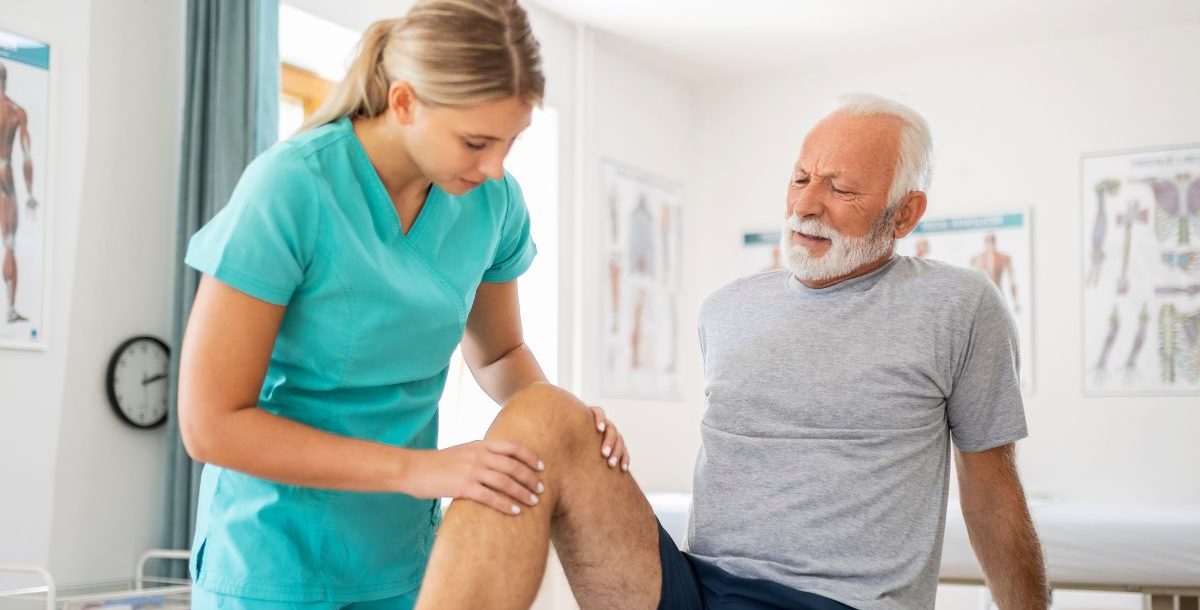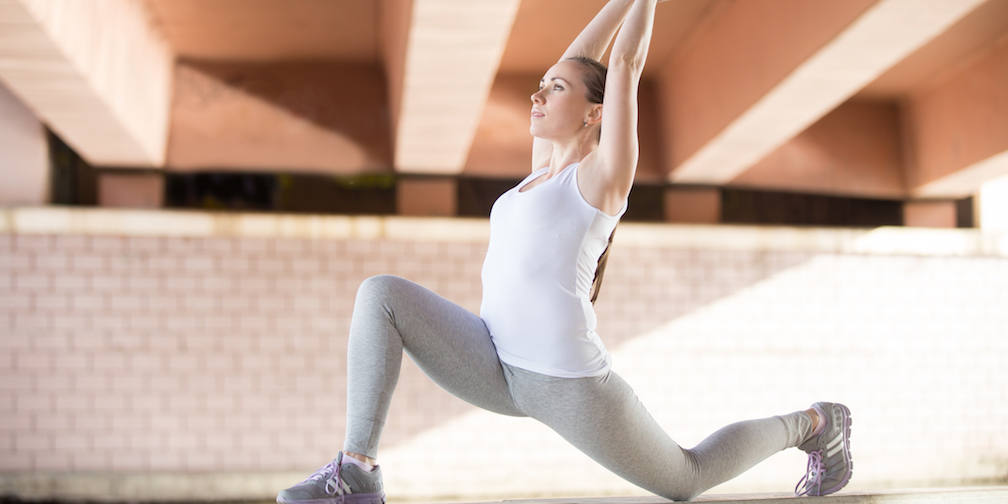Knee replacement surgery is serious. It impacts your life before, during and after the procedure. But there are ways to make knee replacement recovery easier.
The surgery, also known as arthroplasty, removes the damaged areas of your knee and replaces them with artificial parts. Doctors do this surgery after all other treatments have failed. It’s recommended when your mobility is greatly impaired.
If you’re a good candidate for a knee replacement, this surgery can greatly improve your mobility and quality of life. You’ll be able to move and rest without less pain, and the ability to move more can also strengthen the rest of your body.
Are you a good candidate for knee replacement surgery?
Doctors don’t rush into knee replacement surgery. These are important considerations both you and your doctor should look at before jumping into surgery:
- Are you older than 50 years of age?
- Do you have help at home after your surgery?
- Are you committed to improving your lifestyle after surgery?
- Have you tried every treatment to help your knee pain, but nothing has helped?
You could be a good candidate for knee replacement surgery if you answered “yes” to all four questions above. You’re probably not a good candidate for this type of surgery if you have weak bones or insufficient bone to support an artificial knee joint.
Other possibilities that may make you a poor candidate include whether you’re seriously overweight, if you have other chronic health issues or if you have an infection in your knee.
What you can do to prepare your home
If you do elect to have surgery, preparing your home makes your knee replacement recovery easier for you and your family. You’ll want to move items around to make it easier to reach things. It helps to declutter to eliminate tripping hazards. You’ll also want to be able to sit and stand without trouble. Here are some key suggestions on how to prepare your home:
- Add more lighting and night lights around your home.
- Keep a portable commode, walker and reacher tool ready.
- Fix uneven flooring and remove loose throw rugs and cords.
- Store kitchen items like dishes, glasses and food at the counter level.
- Use a low bed and seating so your feet touch the floor when you sit down.
- Set up your bedroom, bathroom and main living area on the first floor of your home.
- Place necessities like your phone and glasses in a small basket on your walker or pouch.
There’s a long list of “don’ts” you should remember, too. Don’t carry anything — you’ll need your hands to balance. Don’t use towel bars to help you get up from the toilet. Consider having someone watch your pet after surgery so you don’t trip over little feet.
Exercises to do before knee replacement surgery
Most likely, the pain in your knee prevents you from physical activity. That means your legs may be weak. One of the ways to prepare for knee replacement surgery is by exercising to strengthen your leg. There are 10 common, simple exercises you can do before your knee replacement surgery, including:
- Ankle rotations
- Chair pushups
- Heel slides
- Knee-straightening stretches
- Leg raises on your back
- Leg raises on the side
- Leg slides
- Sitting kicks
- Standing on one leg with support
- Thigh squeezes
One more exercise to prepare for post-surgery is to lie in bed and raise your upper body up on both elbows. Straighten your arms out behind you and come to a sitting position. Lower yourself down on your elbows and lie flat. This exercise takes the pressure off your legs.
How to improve your knee replacement recovery
Having assistance in place and a stronger body before surgery helps your knee replacement recovery. Understanding your artificial knee joint helps you manage after surgery, too. An artificial joint feels and acts differently than your old knee. Here are some things to keep in mind as you start to live with your new knee:
- Artificial knees may pop and click while you’re moving.
- The skin around your incision may become temporarily bumpy.
- Your legs may feel sore or weak as they adjust to your new knee.
- Your new knee may feel stiff after exercise for about a year after surgery.
- The surgical incision may feel numb or develop a pins-and-needles sensation.
How to boost your recovery after surgery
Pay attention to your physician’s instructions
After a knee replacement surgery, your doctor will provide a list of instructions for post-op care. This list will tell you when to take your medication, how to care for your knee, what activities to avoid and more. Read these directions carefully and follow them to the letter. Ignoring your doctor could slow your recovery or cause further injury.
Rest
Take time during your knee replacement recovery to relax, sleep and rest. Downtime will help restore your knee and boost your healing time, so don’t try to recover too quickly. Pace yourself.
During these periods of rest, also take care to ensure your knee is kept as straight as possible, even propping your foot up on a pillow or rolled-up towel to promote full extension (straightness). Do not rest with a pillow under your knee unless expressly directed by your doctor. Of course, knee flexion, or bending, is crucial, as is restoring your straightness.
Walk as soon as you can
Although rest is important, you should still get up and move around when possible. Walking will help prevent blood clots while keeping the joints limber and improving circulation. It will also help pump oxygen and nutrients to your knee to boost recovery. So, take a walk before you leave the hospital.
Practice physical discipline
Stay active. Your physical therapist will demonstrate home exercises you can do to help your knee heal faster. It’s important to perform these movements regularly to strengthen your leg and restore movement in your knee joint. In addition to physical therapy, regular exercise is also needed to help build muscle. Just don’t push yourself to the point of pain while working out.
Eat a healthy diet
Your body will need plenty of nutrients as it heals, so remember to eat a regular diet of fruits, vegetables and protein. Also, include high-iron foods, like quinoa, fish, legumes, spinach and broccoli, to help more oxygen circulate through your body and fuel the healing process.
How we can help
There’s always a lot to consider when knee replacement surgery is an option. If you’re a candidate for knee surgery, you’ll want to make sure you have the best care possible. Reach out to our doctors today to learn more about your best options.
Learn more about the orthopedic and sports medicine services we offer at Mercy Health.






